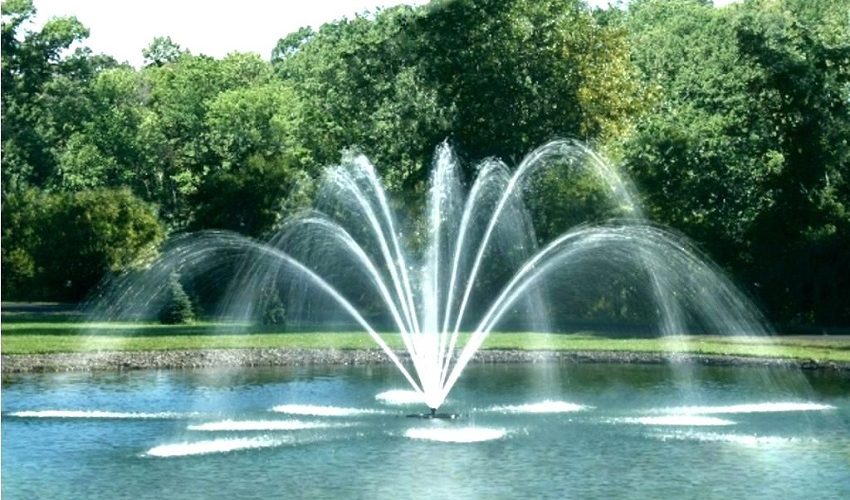When you purchase a pond fountain, you should know about the three types of pumps available, centrifugal, submersible, and floating. Then you can decide on the type of lake fountain pump that works best for your lake. Below you’ll learn about the differences between these types of pond pumps. Finally, if you’re unsure which type of pump you should buy, you can read this article for some useful tips.
Floating pond fountains
Floating pond fountain pumps serve two different purposes. One is to move water around the pond and provide aesthetic appeal. The other serves a practical purpose by providing a sound-deadening effect. While choosing a pump for your pond, it is important to consider the size of the pond and the capacity of the pump. For example, a low-end model may only run a few minutes daily, but this is not recommended for debris-filled ponds.
Another use for fountains is to improve the overall health of your pond—low oxygen levels and stagnant water cause 90% of pond problems. In addition, surface fountains increase aerobic microbe activity, which helps decrease organic sludge and reduce nuisance algae blooms. The increased oxygen level in your pond will also benefit your fish population. And, of course, the fountains look great! These are just a few of the many benefits of fountains.
Aside from these benefits, fountains also regulate the growth of algae and weeds in your pond. Although algae is a normal part of a pond’s ecosystem, a large bloom can harm the environment. Besides reducing the water’s oxygen content, algae bloom blocks sunlight, damaging aquatic life. Running fountains as aerators helps reduce unwanted algae blooms.
Submersible pond pumps
When choosing a submersible pond pump for your lake fountain, there are a few factors to consider. First, the length of the tubing you need to use will determine the amount of water the pump can move. Ten feet of tubing provides one foot of lift, so choosing the right size is crucial. A good rule is that one foot of tubing should move around one gallon of water.
While submersible pond pumps are easy to install, you should know that they require some plumbing work. If you plan to hide the pump in the pond, ensure you run the cord between rocks or other pond-scaping materials. Some submersible pumps come with an on-off switch that turns them on automatically when plugged into an outlet. If they don’t have an on-off switch, you may not need to worry about wiring the pump. However, if you have a ground fault circuit interrupter outlet in your area, you may need to shut the power off.
In addition to minimizing noise, you should choose a pump that is not powered by electricity. A pump that is powered by electricity can be noisy, and some older models use oil-filled motors. The latest pumps are designed to be quiet and environmentally friendly. Consider the noise level when selecting the right pump for your pond. You also want to be aware of any electrical components in your lake fountain.
Centrifugal pond pumps
When selecting a pump for your fountain, choosing one with a self-priming mechanism is important. Self-priming pumps create suction when water and air mix. Without a self-priming feature, the pump would stop functioning. On the other hand, a self-priming pump mixes air and water and starts pumping as if it were a normal pump.
In addition to these benefits, these pumps have many features, such as control over water flow. This feature is particularly useful for displaying water features or maximizing energy efficiency. For example, you may need to operate your pump at full speed during the warmer months to aerate and filter the water, while you may only need to use it part-time during the colder months. If this is the case, installing a ball valve or a control valve with a “T” fitting can help you to set the amount of water you need to move through the pump.
Another important factor to consider is the size of the pump. The pump size should be based on the volume of water in the pond. In other words, a pump should be able to move half of the water in an hour. In addition, in order to make the most efficient use of energy, it should have a power of up to 150 watts.

